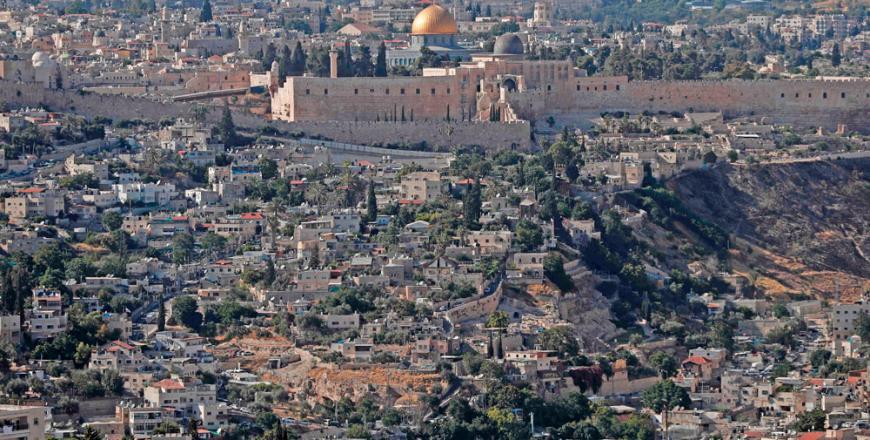You are here
University students to conduct studies on preserving cultural heritage
By Suzanna Goussous - Mar 27,2014 - Last updated at Mar 27,2014
AMMAN — University students in the Kingdom are planning to conduct studies on preserving Jordan’s culture and heritage in the Kingdom, according to representatives of local universities.
At a seminar organised by the Greater Amman Municipality at Al Hussein Cultural Centre earlier this week and attended by university students, discussions covered ways of promoting Jordan’s heritage sites, especially old houses in Amman and other cities, as tourist attractions.
The planned studies will focus on various “darat” or heritage houses in the Kingdom to expose them to tourists and increase their economic feasibility, said Ibrahim Bazazo, head of the Department of Tourism Management at Middle East University.
“Jordan is one of the few countries that was home to followers of the three monotheistic religions over different time periods. This should be used to our benefit,” he added.
Wadi Rum, Um Al Rassas, Petra and Quseir Amra are four local sites recognised by UNESCO as World Heritage Centres, said Al al-Bayt University Representative Muhannad Trad, in addition to “many other sites” that witnessed major historic events like the migration of Circassians, Armenians and Palestinians.
“If this approach [studying cultural and heritage sites] starts off according to plan, it will encourage tourism, but this does not happen overnight; it will be a long process…” Trad added.
Raouf Abu Jaber, a Jordanian historian and scholar who was deputising for Amman Mayor Aqel Biltaji, discussed means to conserve Amman’s culture from the 1930s, when the capital’s population stood at 30,000.
Abu Jaber briefed university students on the iconic buildings that date back to that era, including the Catholic Church and Nicola Ghanma’s house in Jabal Luweibdeh.
The Bishop School and the Ahliyyah School for Girls were identified recently as historical landmarks in what was known as the “new Jabal Amman” back in the 1930s, he added.
The buildings did not increase until 1948, when many iconic houses were built and now reflect Jordanian heritage. The Terrasancta College was owned by Muhammad Tash back then, along with other historical landmarks in Luweibdeh, Abu Jaber said, noting that these should be sites visited by tourists and given more attention by university students in their papers.
Bazazo pointed out that there are many mosaic cities in the Arab world, but none of them witnessed historical events like Madaba, calling for more attention to the first Mosaic Festival that will be held there next week.
Authorities should also prepare for Pope Francis’ visit in May by promoting “the best of the best historical and religious sites in Jordan”, he added.
University students and professors presented a historical review of heritage houses around the Kingdom, such as the Hindawi and Sarayrah houses in Irbid, highlighting the stories they hold.
They called for enhancing the living conditions of local societies near these houses and restoring them to become tourist attractions.
These iconic sites, they said, will stand to witness more historical and religious events to reflect the identity of the new Amman for future generations.
Related Articles
AMMAN — The Israeli occupation has changed the Arabic names of 667 archaeological and heritage sites in Jerusalem with the aim of “Judaising
AMMAN — The Jordan Tourism Board (JTB) has achieved a "significant" international milestone by winning the "World's Best Destination Country
AMMAN — Potsdam, considered Germany’s largest World Heritage Site, can be used as model for preserving Jordanian heritage sites, according t



















